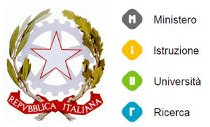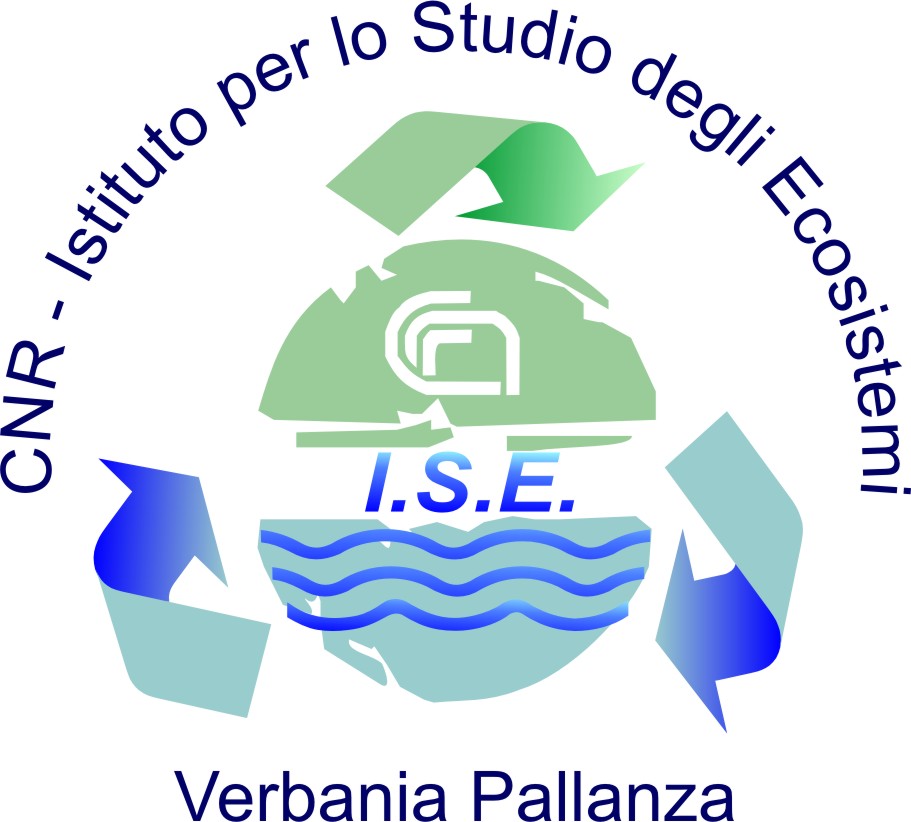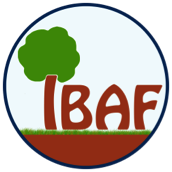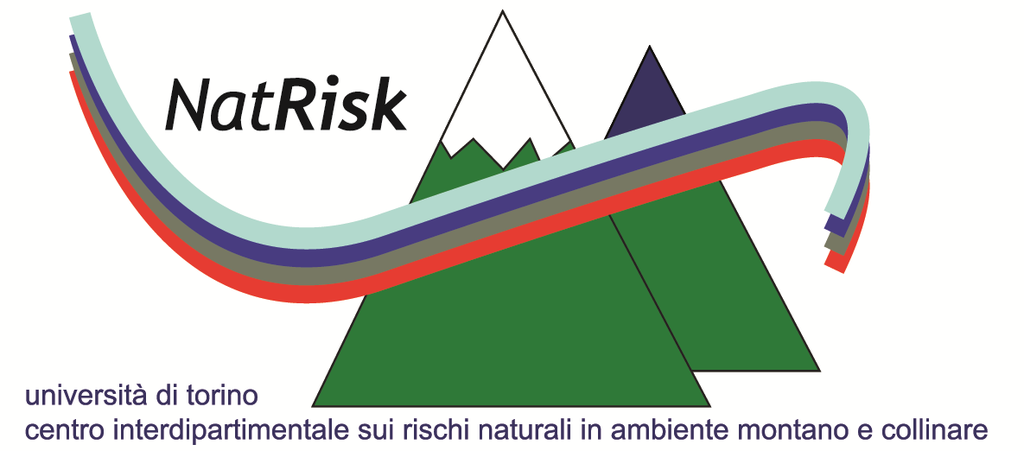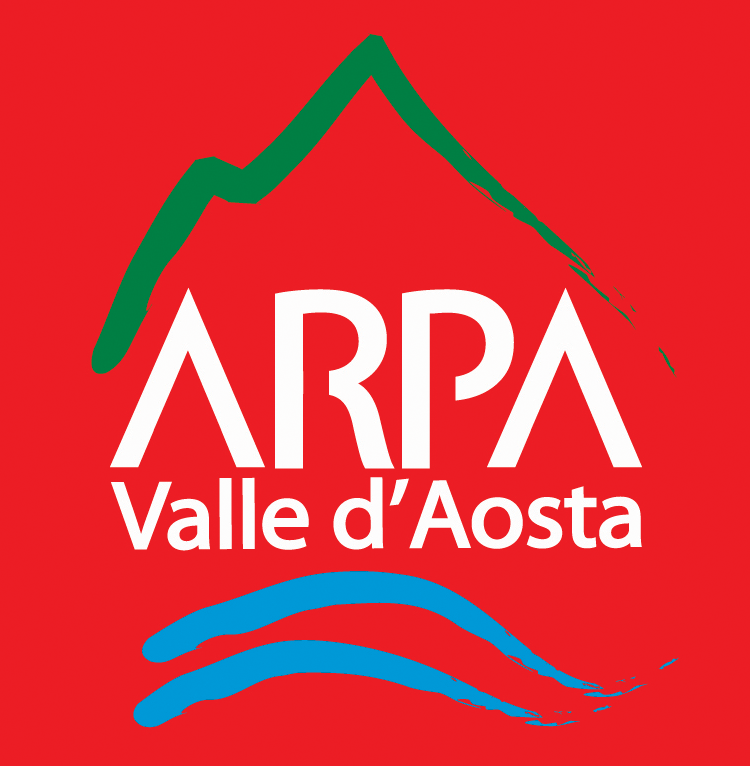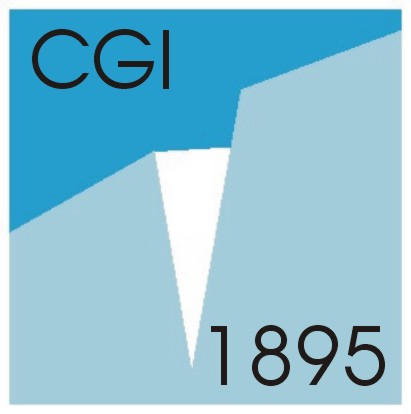You are here
WP 2.6 Future projections on water resources and ecosystems
A correct estimation of the impacts and risks associated with climate and environmental changes requires to simulate the future evolution of the meteo-climatic conditions over a given region (using numerical models of the climate systems and appropriate downscaling methods, WP 2.5) and to assess how these variations are expected to determine changes in the terrestrial systems, either surface and subsurface water resources, cryospheric resources or natural ecosystems.
Future assessments rest on the development and implementation of deterministic/process models or empirical models aimed at simulating the response of the specific resource at hand to a given hypothesized climate/forcing scenario.
This will allow to provide an estimate of the possible changes in the environmental (water and ecosystem) services provided by the mountains in response to the current and expected global changes.
Within this WP, deterministic and/or empirical models will be developed, implemented and employed to be applied to the following kinds of environmental services:
Task 1. Water resources
1. Models that simulate the response pattern of Alpine glaciers (Minimal Glacier Models, Flowline models, empirical models, using information provided by WP1.1 and WP1.6);
Activities
Minimal Glacier Models (MGM) are a simple but effective way of estimating glacier response to climate change and variability. In this approach, ice dynamics is heavily parameterized, and the only dynamical variable is the average glacier length as a function of time. This type of model tries to reduce the complexity of glacier dynamics to a very simple description based on basic physical laws. Afterwards, to drive the MGM for future climate conditions, was used the NASA Earth Exchange Global Daily Downscaled Projections (NEX-GDDP) dataset. This dataset includes high-resolution is (0.25 degrees, i.e., ~25 km x 25 km) climate scenarios for the globe obtained through downscaling of the global climate model (GCM) simulations belonging to the Coupled Model Intercomparison Project Phase 5 (CMIP5) using two greenhouse gas emission scenarios (RCP 4.5 and RCP 8.5)
Results
Each of the climate projections includes the periods from 1950 through 2005 (Retrospective Run) and from 2006 to 2099 (Prospective Run). We processed and auto-scaled 20 different models for 2 scenarios and 34 glaciers, from which summer temperature and winter precipitation timeseries were derived for each glacier. The MGM model was embedded into a GIS framework tobetter understand, evaluate and reproduce the glacier response to climate fluctuations. The result was the module r.glacio.model (Strigaro et al, 2015). The last formulation derives from a rigorous validation with different types of glaciers and the module will be released as a GRASS- addon under the GNU General Public License (≥ v.2).
2. Deterministic models for the snowpack description and evolution in specific study sites (using information provided by WP1.1 and WP1.6);
Activities
A wide range of snow models with different degrees of complexity is currently available, and typically the higher is the model sophistication, the heavier are input data requirements and computational costs. Among the major challenges for cryospheric modelling research are i) the quantification of the minimum model complexity needed to accurately estimate mountain snowpack dynamics and ii) the assessment of how the accuracy of the meteorological variables used to force snow models affects the quality of snow simulations. The latter aspect is particularly crucial in high mountain environments, where the variability of meteorological parameters is high both in space and time.
Five snow models of different complexity – from multi-layer to simple single-layer snow models – have been compared to assess their ability in reproducing the temporal evolution of snow water equivalent, density and depth, at the experimental site of Torgnon, 2160 m a.s.l. in the Western Italian Alps, for which high-quality meteorological forcing and validation data are available. Then we have forced the models with input data with gradually lowered frequency and/or accuracy, which are obtained by spatial interpolation of neighbouring station measurements and from three gridded global reanalyses (ERA-Interim, ERA5 and GLDAS) at the gridpoint closest to the Torgnon station.
Results
This study provides information on how sensitive snow models are to the accuracy of forcing data, exploring the feasibility of driving these models with coarser spatial and temporal resolution datasets, including interpolation of surface station measurements and reanalyses, typically the only data available in remote mountain areas. Guidelines on the trade-offs between model complexity and model performances are also provided, with the perspective of employing the best performing models to simulate past and future snowpack conditions at fine spatial scales.
3. Models that simulate surface hydrology (semi-distributed models in specific sampling sites, using information provided by WP1.1 and WP1.2);
Activities
A reliable hydro-meteorological network able to represent the spatial-temporal distribution of the main hydro-meteorological quantities is essentials for the advance in the knowledge of runoff generation process which is fundamental both for water resources management and hydraulic risk prevention and mitigation.
In this context, the main activity developed during the project ‘Experimental Hydrological Database for Apennine Basins’ (DIBA, Database Idrologico Bacini Appenninici) was addressed to develop a database built on the basis of the collection of several hydro-meteorological time series of two pilot Apennines basins: the Upper-Chiascio basin (460 km2), in central Italy, and the Magra basin (1698 km2), in northwest Italy.
Moreover, analysis addressed to the assessment of the monitoring network adequacy, the application of a continuous hydrological modelling for the two pilot areas, the investigation of the climate change impact on floods and to the post-event surveys of flash floods have been developed.
There is a lack of information on the effects of the climate and environmental changes on the frequency and the intensity of landslides. The problem is severe in mountain areas, where natural and human-driven climatic and environmental changes may alter significantly the frequency and the intensity of the slope processes. Long-term time series of ground surface and sub-surface deformation represent an important information to analyse eventual changes of the deformation trend associated with meteorological and climatic variables over time. In this context the main activity developed during the project was addressed to collect time series of ground deformation obtained by in-situ and by remote-sensing monitoring techniques. The work focused on some study areas, distributed in the Alps and Apennines territory including: i) two test sites in the Alps territory, Gardiola and Grange Orgiera landslides (Piedmont); ii) two test sites in the Apennines territory, Montaldo di Cosola (Piedmont) and Ivancich Landslides (Umbria); and iii) the territory of Valle d’Aosta region.
Results
The DIBA database was developed and collects hydro-meteorological time series for two Apennine basins (Upper-Chiascio and Magra River). The time series recorded by 66 rain-gauges, 63 thermometric stations, 8 hydrometric stations, 3 meteorological stations and one soil water content station are collected, available in WEB-GIS and downloadable. Furthermore, the database collects satellite precipitation data and thematic maps for the two areas, along with climate scenarios from different Global Circulation Models and the measurements of water content and flow velocity carried out during monitoring campaigns. The project also produced the following results: 1) assessment of the adequacy of monitoring networks; 2) development of a hydrological modeling; 3) analysis of the impact of climate change on the floods; 4) post-event surveys of flash floods.
As for landslides, for each landslide, measurements from in-situ monitoring techniques were collected, including Total Station, GPS receivers, extensometers, inclinometers. For the Gardiola and Grange Orgiera landslide measurements provided by a permanent monitoring network since 2004, made up of topographic network with a Robotic Total Station (LEICA 2003 with Automatic Target Recognition ATR) were collected. For Montaldo di Cosola and Ivancich landslides, ground deformation measurements provided by inclinometers were collected. For Ivancich landslide all the available measurements of ground deformation time series provided by the SAR images were collected. Moreover, for two specific sectors of the Valle d’Aosta region, new velocity maps and time series of ground deformation were prepared using the ESA’s Grid Processing On-Demand G-POD. In particular, the analysis focused on the rock glaciers, which occupy about 2% of the regional territory and represent a common periglacial landform in the region.
4. Models that simulate the underground aquifers response to forcings in specific sampling sites (deterministic models and semi-empirical regional-scale models, in collaboration with water management companies well-established in the territory and using information provided by WP1.1 and WP1.2).
Activities
Numerical models of groundwater quantity have been developed for three main Italian aquifer systems in central and northern Apennines and western Alps. Different approaches were adopted as a consequence of the conceptual models of the aquifers. For the Alpine foothill aquifer, a physically-based model was implemented and calibrated over a wide area, thus quantifying the several terms of the groundwater budget, as well as their evolution along time. Empirical regression models were instead elaborated by a statistical approach for reproducing the flowrates evolution of two major springs (meand flowrates higher than 400 L/s), which are fed by aquifers of the Apuan Alps (northern Apennines) and Mt. Amiata (central Apennines), respectively.
Results
The physically-based model was calibrated in transient state versus the piezometric heads evolution of some target wells, over the period 2010-2015. The outputs of the model corroborate a good reliability of the numerical flow model, as suggested by statistic parameters with a residual mean of 0.221 m, a standard error of 0.208 and a correlation coefficient of 1, between observed and modelled piezometric levels. The general frame of groundwater flow paths reproduced by the model is congruent with the observed frame, as well as the mass balance confirm that the main input to the system are due to river seepage, transfers of groundwater that originate in upland zones, and local rainfall. The outputs are for wells withdrawal and for river drainage in the lower zones.
As regards the empirical models, by means of statistical elaborations we accomplished regression models that relate the spring flowrate and the hydroclimatic parameters (e.g. rainfall, temperature, actual evapotranspiration and effective rainfall or water availability). Both the models, respectively referring to volcanic aquifer of Mt. Amiata and karst aquifer of Apuan Alps, have a good robustness, although for the second system the model tends to overestimate the flowrate during the dry periods.
Task 2. Ecosystems and Biodiversity
1. Empirical models for simulating the response of mountain animal biodiversity to climate and environmental changes (using information provided by WP1.1 and WP1.7)
Activities
Understanding the distribution patterns that multiple taxa (Coleoptera Carabidae, Coleoptera Staphylinidae, Araneae, Hymenoptera Formicidae, Lepidoptera Rhopaocera, Orthoptera, Aves), characterised by different functional roles, show along elevational gradients represents an opportunity to gain a clearer picture of possible responses of mountain ecosystems to climate and land-cover changes.
In this framework, we focused in particular on:
- the analysis of current biodiversity patterns and its temporal changes along environmental gradients, using butterflies and birds as target taxa;
- the forecast of biodiversity status, after the application of environmental change scenarios;
- the quantification of functional diversity (FD), as one of the biodiversity components that better explain the mechanisms linking biodiversity and ecosystem processes.
Results
The comparison between the two sampling periods (2006-2008 vs 2012-2013) highlighted unexpected changes (especially in the case of butterflies), considering the short time frame (only five years) and the environmental stability potentially guaranteed by the protection status of the sampling sites. In particular, we observed a general increase in mean occupancy level of butterfly species and in species richness, but changes differed across species and ecological groups.
Species distribution models allowed us to estimate the effects of a moderate temperature increase on the multi-taxa distributions. The results indicated small expected changes in the overall biodiversity patterns, but different responses depending on habitat and degree of specialization. Changes in species richness are more pronounced in the alpine belt and for vulnerable species. Community composition significantly shifted but maintaining the separation between vegetation belts.
Concerning FD, we provided an explorative analysis on the feasibility of a trait-based approach in mountain ecosystems and how this can be a sensitive and practical tool to predict community response to environmental changes. A functional database was created for each taxon, selecting the set of functional traits that can better explain how communities are influenced by environmental changes. But we found constraints in finding ecological and life-history information for species that are endemic to the Alps or specialised to the alpine environment.
2. Empirical models for simulating the population dynamics of specific animal species (using information from the WP1.1, WP1.6 and WP1.7)
3. Deterministic and process models of water and carbon fluxes between soil, vegetation and atmosphere in mountain sites (using information provided by WP1.1, WP1.2 and WP1.7)
4. Deterministic and process models for describing the dynamics of high-altitude mountain lake ecosystems (using information from WP1.1, WP1.6 and WP1.7)
5. Models describing the distribution of sampling species in mountain areas in Italy (using information from WP1.1, WP1.6 and WP1.7)
Activities
Biodiversity inventories are often used to track long-term biodiversity trajectories and they also represent a source of information for time series comparisons. In this regard, a database has been created relating to the Italian fauna that covers more than 550,000 records of about 10,000 taxa.
Moreover a database on the food habits of barn owl (Tyto alba) across Italy has been established. Because the diet of predators is influenced by local conditions (e.g., characteristics of habitat and microhabitat, seasonality, prey availability) it is possible to these tends to change across time.
The data base include data collected during the last 40 years and they are useful to modelling richness of small mammal communities.
Results
A database on the distribution of Italian fauna has been implemented and integrated with high-resolution reconstruction of monthly temperature and precipitation for each locality from where each specimen came. The processing of this database is still ongoing.
Temporal series of data collection of barn owl pellets were correlated to distinct indices of taxonomic diversity. Species diversity decreased significantly over the years and equitability also decreased significantly over time.

